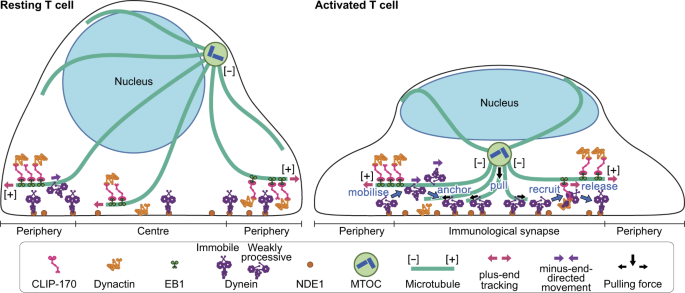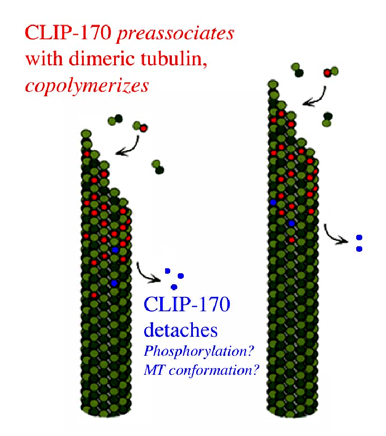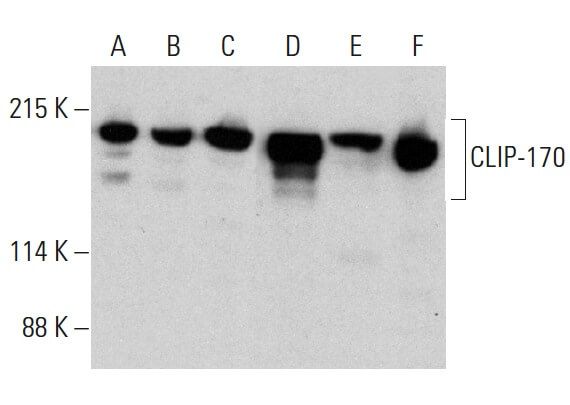Overexpression of the microtubule-binding protein CLIP-170 induces a +TIP network superstructure consistent with a biomolecular condensate | PLOS ONE

Quelle fonction pour la CLIP-170? : recherche de partenaires et nouveaux outils d'investigation | Semantic Scholar
Cdc2-mediated Phosphorylation of CLIP-170 Is Essential for Its Inhibition of Centrosome Reduplication*

The microtubule plus-end-tracking protein CLIP-170 associates with the spermatid manchette and is essential for spermatogenesis
CLIP-170S is a microtubule +TIP variant that confers resistance to taxanes by impairing drug-target engageme
CLIP-170S is a microtubule +TIP variant that confers resistance to taxanes by impairing drug-target engageme

Drosophila CLIP-190 and mammalian CLIP-170 display reduced microtubule plus end association in the nervous system | Molecular Biology of the Cell

Ninein is essential for apico-basal microtubule formation and CLIP-170 facilitates its redeployment to non-centrosomal microtubule organizing centres | Open Biology

Interactions between CLIP-170, Tubulin, and Microtubules: Implications for the Mechanism of CLIP-170 Plus-End Tracking Behavior | Molecular Biology of the Cell
Selective visualization of growing MT ends with CLIP170. CHO cells were... | Download Scientific Diagram

Conformational changes in CLIP-170 regulate its binding to microtubules and dynactin localization. - Abstract - Europe PMC
The CLIP-170 N-terminal domain binds directly to both F-actin and microtubules in a mutually exclusive manner

CLIP-170 is essential for MTOC repositioning during T cell activation by regulating dynein localisation on the cell surface | Scientific Reports

α-Tubulin Tyrosination and CLIP-170 Phosphorylation Regulate the Initiation of Dynein-Driven Transport in Neurons - ScienceDirect
Overexpression of the microtubule-binding protein CLIP-170 induces a +TIP network superstructure consistent with a biomolecular

CLIP‐170 spatially modulates receptor tyrosine kinase recycling to coordinate cell migration - Zaoui - 2019 - Traffic - Wiley Online Library

Phosphorylation of CLIP‐170 by Plk1 and CK2 promotes timely formation of kinetochore–microtubule attachments | The EMBO Journal









